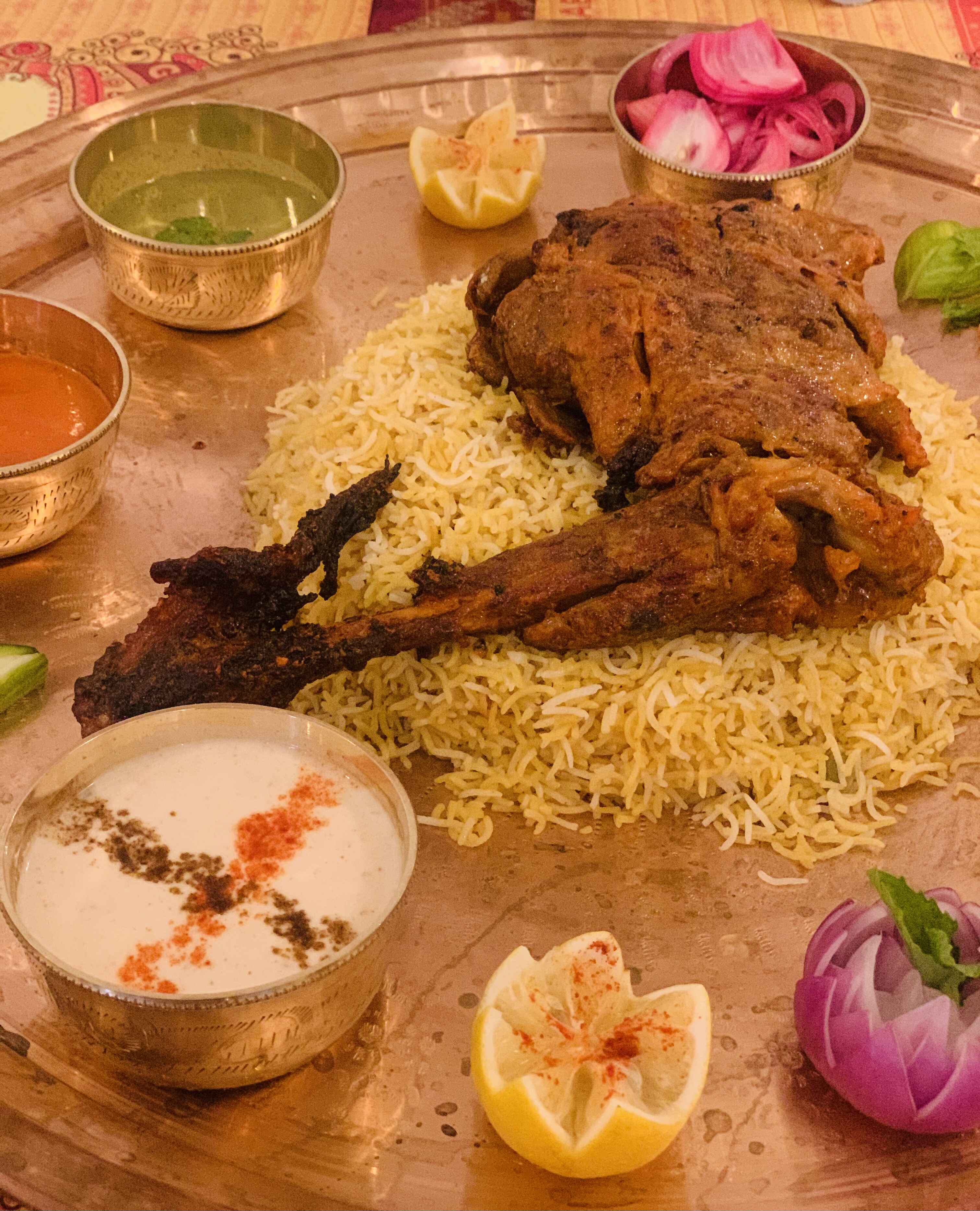One of the most well-liked cuisines in India is known as biryani. Every state in this region has developed its dialect, and examples include Hyderabadi, Lucknowi, Kolkata, Dindigul, Sindhi, and a great number of others. The love that people have for this meal can't be compared to anything else. The essential components of biryani are aromatic rice that has been freshly cooked, the meat of your choosing that has been marinated in a mixture of spices, and rice (Chicken, Mutton, Fish, or Egg).
There is no love stronger than the admiration for biryani, that much is certain to be agreed upon by all of us! If you’re looking for the best biryani Abu Dhabi, we suggest you visit Punjabi Chulha. Our expert chefs will look after your cravings.

